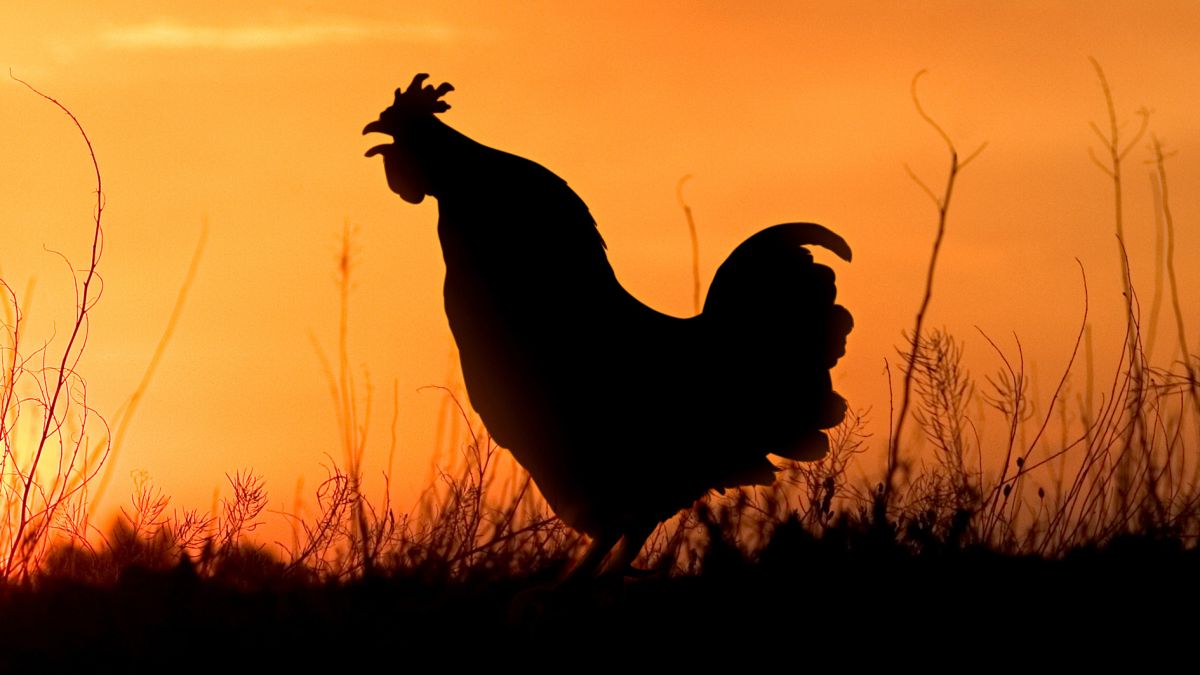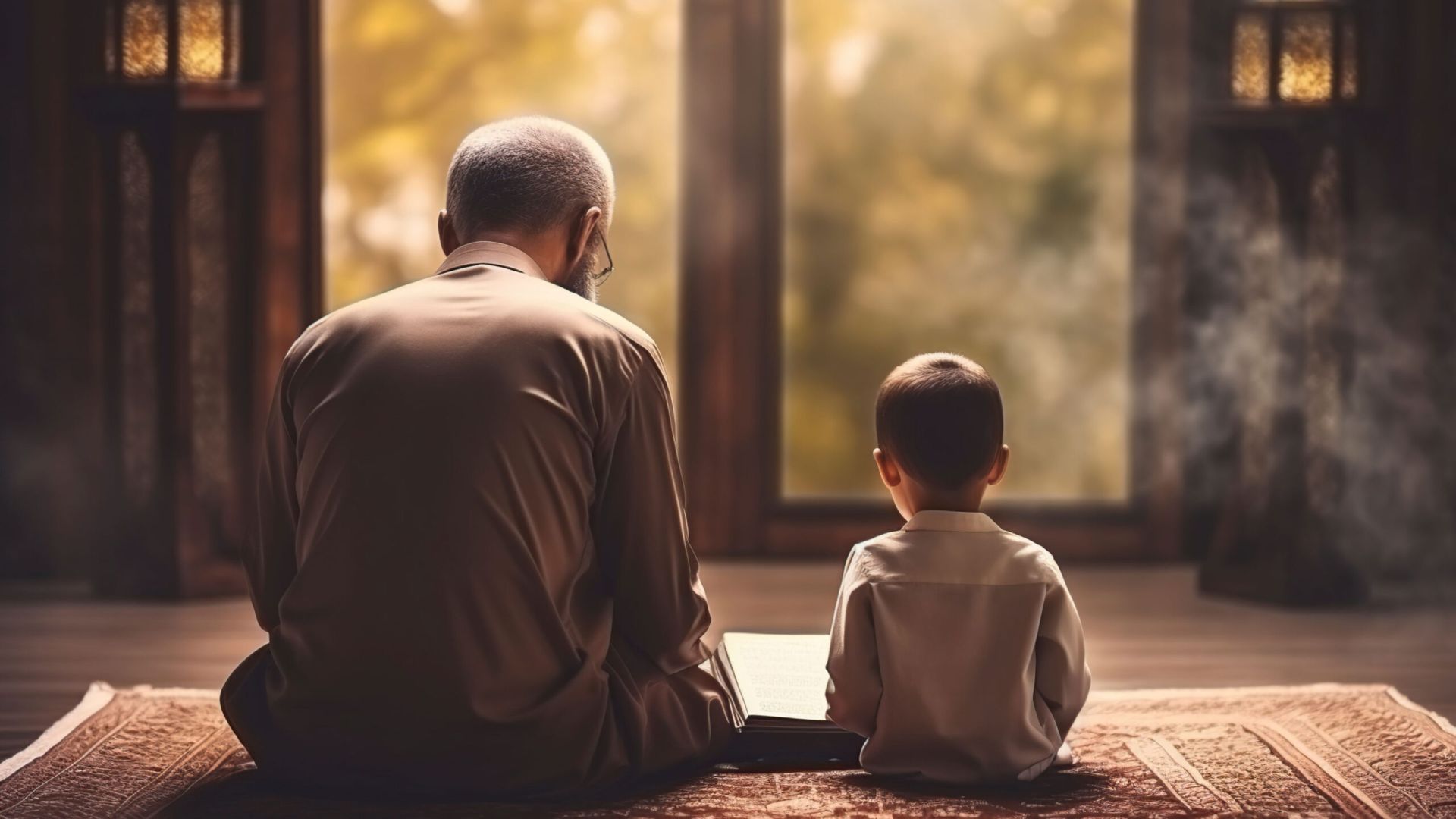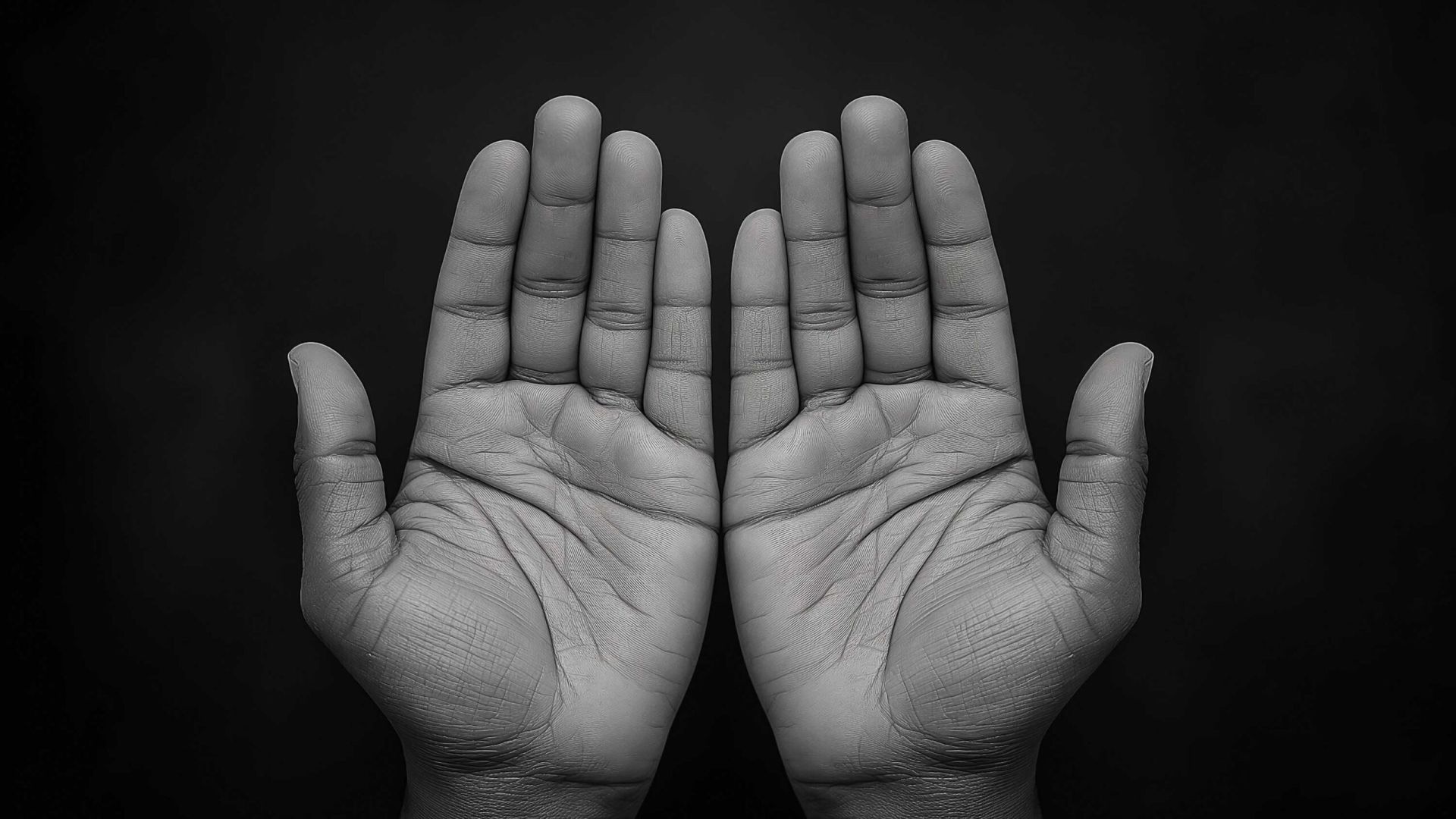Pecking Like a Rooster, Looking Around Like a Fox, Squatting Like a Monkey
Shaykh Muḥammad ibn ʿUmar Bazmūl


My friend (ṣallallāhu ʿalayhi wa-sallam) forbade me that I should peck in my prayer like the pecking of a rooster, that I should look about like the looking about of a fox, and that I should squat like the squatting of the monkey.
The following excerpt is taken from the book: Sharḥ Sifah Salatin-Nabī (Pg: 263) – The Explanation of the Prophet’s Prayer Described (of Imām Muḥammad Nāṣir al-Dīn al-Albānī) by Dr. Muḥammad Ibn ʿUmar Bazmūl.
As for the ḥadīth of Abū Hurayrah, may Allāh be pleased with him: “My friend (ṣallallāhu ʿalayhi wa-sallam) forbade me that I should peck in my prayer like the pecking of a rooster, that I should look about like the looking about of a fox and that I should squat like the squatting of the monkey.”
Pecking Like a Rooster?
(I [Shaykh Muḥammad Bazmūl] say): Have you seen the pecking of the rooster? How he searches for the grain on the ground then he pecks in order to get the grain; the Messenger (ṣallallāhu ʿalayhi wa-sallam) coined a similitude for the worshipper who prays and does not settle himself in his rukūʿ (bowing) nor his sujūd (prostration), that he pecks like the pecking of the rooster. So the Messenger (ṣallallāhu ʿalayhi wa-sallam) forbade the Muslim from pecking in his prayer like the pecking of the rooster. What is intended is that he does not have tranquility therein nor is he calm or at ease therein. He has only performed it with speed to the point that he has not achieved even the minimum of that which would make the pillars of the prayer correct.
Looking About Like a Fox?
He said: “…that I should look about like the looking about of a fox…” Have you seen the fox, how he looks about with speed to the right and to the left and moves his eyes? The Messenger (ṣallallāhu ʿalayhi wa-sallam) forbade the Muslim, when in prayer, to look about like the looking about of the fox. Because that which has been made obligatory is that he be in a state of humility and that he should not move his eyes from the place of prostration. And if there does occur from him some looking about, then it should only be occasional and few (in occurrence); and that would not invalidate the prayer. It would only invalidate the prayer if there is an abundance of looking about, like the looking about of the fox.
Squatting Like a Monkey?
He said: “…and that I should squat like the squatting of the monkey.” The squatting of the monkey is that one attaches his buttocks to the ground and erects his shins, attaching them to his thighs while having his feet on the ground. Similar to the description of the dog when he sits when he sits and raises his front paws. Due to this, there has come in some aḥadīth, the prohibition of squatting like the squatting of a dog. It has a second description; that he places his shins and knees on the ground and brings his buttocks between them to the ground. There is a third description; that he places his shins upon the ground, erects his feet and sits upon his heels. So from this, the squatting of the monkey has (three) descriptions:
- The first description: A squatting which is like that of the dog and the monkey; that the person erects his shins and attaches his buttocks to the ground. This description is done when rising from the sujūd to the qiyām (standing); you sit upon this (your buttocks) then you stand upon that (your feet), squatting like the squatting of the dog which has been prohibited.
- The second description: The squatting of the dog; that his knees are on the ground and his feet are on the ground while he attaches his buttocks to the ground between the shins while sitting between the two prostrations or in sitting for the Tashahhud. This squatting is like the squatting of a dog.
- The third description: That his knees are upon the ground and his shins are spread. His feet are erected and he places his buttocks upon his heels. This type is permissible in the sitting between the two prostrations and it is not permissible in any other sitting in the prayer. The proof for the permissibility of sitting on the feet is that which has come on the authority of Taawus saying: “We spoke to Ibn ʿAbbās concerning sitting on the feet (in the prayer), and he said: ‘It is the Sunnah!’ So we said to him: ‘Verily we see it as being reprehensible for the man.’ He said: ‘Rather, it is the Sunnah of your Prophet (ṣallallāhu ʿalayhi wa-sallam)’” [Muslim recorded it in the Book of Mosques and Places of Prayer, Chapter: The Permissibility of Sitting Upon the Feet; Ḥadīth number 536.] On the authority of Muḥammad ibn ‘Ajlān, that Abū Az-Zubayr informed him that he saw ʿAbdullāh Ibn ʿUmar, when he would prostrate, that whenever he would raise his head from the first prostration, he would squat upon the tips of his toes. He said that it is from the Sunnah. al-Bayḥaqī recorded it in Al-Sunan al-Kubrā 2/119 and al-Albānī, may Allāh have mercy upon him, authenticated it (in Silsilah Al-Aḥadīth Al-Ṣaḥīḥah 1/120) saying: “So in this ḥadīth and in these narrations is evidence for the legislation of the aforementioned squatting, that it is a Sunnah to be followed and it is not (simply) due to an excuse as some of the rigid ones assume.”
Translated by Raha ʿAzīzudīn Batts
Most Popular: Last 30 Days















